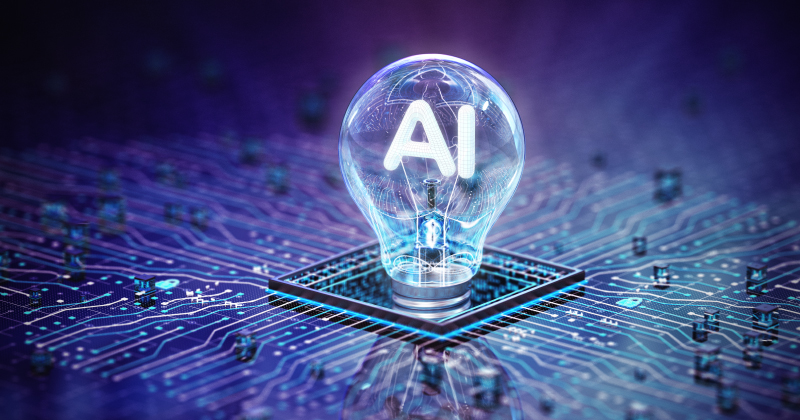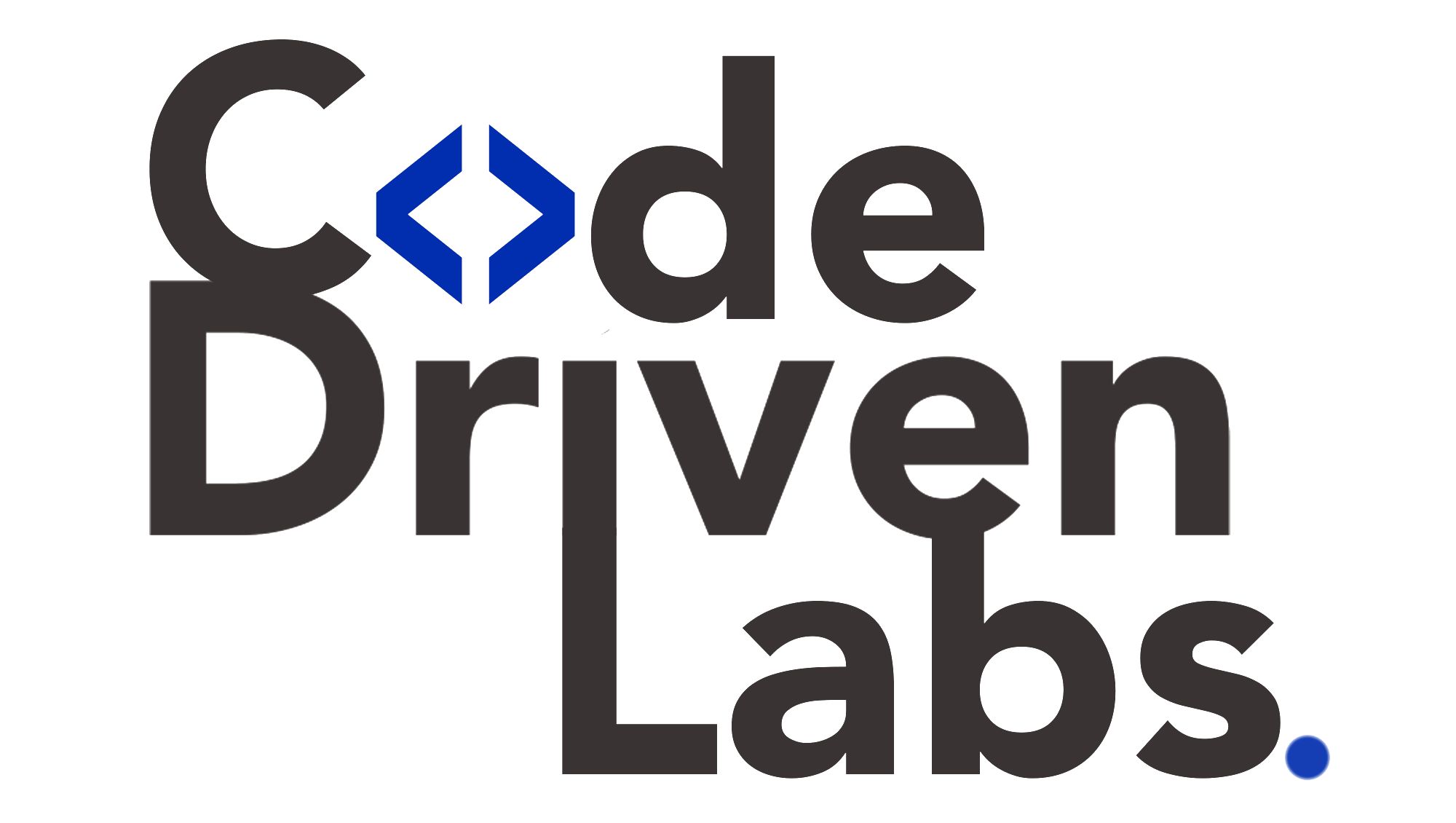Level up your business with US.
- Home
- How AI is Revolutionizing Software Development: From Code Generation to Bug Detection
How AI is Revolutionizing Software Development: From Code Generation to Bug Detection
August 4, 2025 - Blog
How AI is Revolutionizing Software Development: From Code Generation to Bug Detection
In 2025, the software development landscape is transforming rapidly, and one of the most impactful shifts is the integration of Artificial Intelligence (AI) into the development workflow. AI is no longer just a futuristic concept—it’s now a critical component of building smarter, more responsive, and scalable applications. From automating code generation to predicting user behavior, AI is enhancing every stage of the development lifecycle.
This blog explores how developers can integrate AI into their workflows, the benefits of doing so, and how organizations like Code Driven Labs help businesses harness AI to stay competitive.

Why AI Integration Matters in 2025
With the ever-growing demand for fast, personalized, and intelligent digital experiences, traditional software development methods are proving insufficient. AI integration helps overcome key challenges:
-
Faster Development Cycles: AI-powered tools assist in automating repetitive tasks like testing, bug detection, and even code suggestions, helping teams deploy features faster.
-
Improved Decision-Making: AI analytics offer insights into performance, user behavior, and feature adoption, driving data-driven decisions.
-
Better User Experiences: From chatbots to recommendation engines, AI personalizes app interactions and boosts user satisfaction.
Key Areas to Integrate AI in the Development Workflow
1. AI-Assisted Code Generation
Tools like GitHub Copilot, TabNine, and CodeWhisperer use natural language processing and machine learning to predict and auto-complete code snippets. These tools improve developer productivity and reduce human error.
Best Practice: Use AI-assisted tools during the coding phase to speed up development without compromising on code quality.
2. Automated Testing with AI
AI-powered testing tools like Testim, Applitools, and Functionize identify patterns, predict failure points, and automatically generate test cases. They help maintain quality even in rapid release cycles.
Best Practice: Integrate AI testing tools early in the CI/CD pipeline for continuous testing and faster feedback.
3. AI in DevOps and CI/CD
AI enhances DevOps by optimizing pipeline performance, forecasting failures, and recommending improvements. AI algorithms analyze logs, detect anomalies, and prevent downtime.
Best Practice: Leverage AI monitoring tools to proactively manage infrastructure, reducing manual intervention and improving deployment efficiency.
4. Natural Language Processing (NLP) in Interfaces
Applications that use chatbots, voice interfaces, or smart search features rely heavily on AI-driven NLP models. These models enable apps to understand and respond to users more naturally.
Best Practice: Integrate pre-trained NLP models into front-end interfaces to enhance usability and accessibility.
5. AI for Personalization
Recommendation engines powered by machine learning algorithms are key to user engagement in e-commerce, media, and content platforms.
Best Practice: Use AI to analyze user data and behavior to deliver personalized content, offers, and features.
Challenges of AI Integration
While integrating AI has immense potential, it comes with challenges:
-
Data Requirements: AI needs large volumes of clean, labeled data for training and optimization.
-
Model Explainability: Black-box AI models can make it hard to explain outcomes to stakeholders.
-
Complex Tooling: Incorporating AI requires knowledge of new tools, frameworks, and models.
-
Security and Compliance: Handling sensitive user data for AI can pose privacy risks.
Best Practices for Integrating AI into Development
-
Start Small, Then Scale: Begin with pilot AI features such as chatbots or predictive analytics, then expand to other areas once success is validated.
-
Collaborate Across Teams: Encourage developers, data scientists, and product managers to work together for effective AI implementation.
-
Use Pre-Trained Models: Leverage APIs and pre-trained models from Google, AWS, or OpenAI to reduce time-to-market.
-
Monitor Continuously: AI models degrade over time; monitor their accuracy and retrain as needed.
-
Ensure Ethical AI: Be transparent about AI usage, ensure bias-free data, and comply with relevant regulations like GDPR or India’s DPDP Act.
How Code Driven Labs Helps Businesses Integrate AI into Development
At Code Driven Labs, AI integration is not just a service—it’s a core strategy for helping clients future-proof their digital platforms. Here’s how they help:
1. AI Strategy Consulting
Code Driven Labs works closely with stakeholders to identify high-impact areas where AI can create measurable business value—whether it’s customer service automation, predictive analytics, or intelligent process automation.
2. Custom AI Model Development
For clients with unique use cases, Code Driven Labs develops custom machine learning models using cutting-edge frameworks like TensorFlow, PyTorch, and Hugging Face Transformers.
3. AI Integration into CI/CD Pipelines
They automate and integrate AI workflows directly into your CI/CD pipelines, enabling faster iteration, automated model deployment, and continuous monitoring.
4. Scalable AI Infrastructure
Code Driven Labs helps companies set up scalable, cloud-native infrastructure for AI workloads using Kubernetes, AWS SageMaker, and other modern DevOps tools.
5. Security and Compliance First
Whether it’s health tech, fintech, or e-commerce, Code Driven Labs ensures that all AI implementations follow best practices in data governance, encryption, and model explainability.
6. AI Training and Enablement
They also train internal teams so that clients can independently build and manage AI components in the future.
Real-World Success Story
A logistics startup partnered with Code Driven Labs to build a smart route optimization engine powered by machine learning. The solution:
-
Reduced delivery times by 22%
-
Integrated seamlessly into their existing dispatch software
-
Included real-time anomaly detection for vehicle delays
-
Was deployed on a scalable AWS-based infrastructure
This transformed their customer experience and operational efficiency within three months.
Final Thoughts
AI is no longer optional in modern software development. Whether you’re building mobile apps, enterprise platforms, or SaaS solutions, integrating AI can help you develop smarter, more scalable, and highly adaptive products. However, successful implementation requires more than just adding a few models—it involves strategic planning, the right tools, and a deep understanding of your product goals.
Code Driven Labs offers the expertise and infrastructure to help you embrace AI at every stage of the development lifecycle. Whether you’re just starting or scaling up, they can help you design and build intelligent systems that drive innovation and growth.
